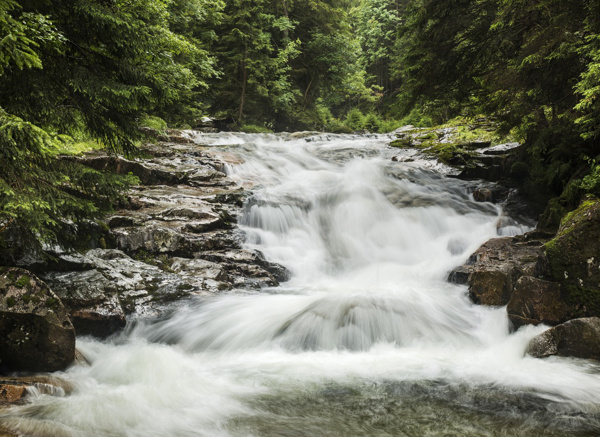There is an increased risk of spontaneous fall of branches and trees throughout the National Park, where the laws of nature govern the formation and termination of trees. Enter the forest at your own risk!
The Krkonoše Mountains are an important spring area in the Czech Republic, influencing the water regime of the entire upper and middle Elbe River. The main source of water in the streams is rainfall and snowfall, the surface and subsurface run-off of which is significantly regulated by vegetation and the retention capacity of the soils, especially under the mountain forests, which cover over 80 % of the area.

In the last two decades of the 20th century, the immission load has led to a significant acidification of the Krkonoše waters and soils, with various undesirable effects on living nature.
The river network of the Krkonoše Mountains was formed in the Tertiary period, when the mountains were uplifted by several hundred metres and the erosion of the mountain streams increased. In the Quaternary period, the river network stabilised and the valleys deepened depending on the geological and petrographic structure of the Krkonoše. Most of the main Krkonoše streams are perpendicular to the main ridge and on the Czech side they are joined by a number of side tributaries on the northern Polish side. The Krkonoše rivers are mountain streams with a high gradient, rapid flow and considerable fluctuations in water levels and flows. The main flowing stream of the Krkonoše Mountains is the Elbe, which drains about a third of the Czech part of the mountains, and its larger tributaries in the mountains include the Medvědí potok Creek, Bílé Labe Creek, Dolský (Svatopetrský) potok Creek. The Malé Labe and Stříbrný potok Creeks drain the central part of the Krkonoše Mountains, the Úpa River drains the eastern part, and the Jizera River with its tributaries Mumlava, Hutský potok and Jizerka drains the western part of the Krkonoše Mountains.